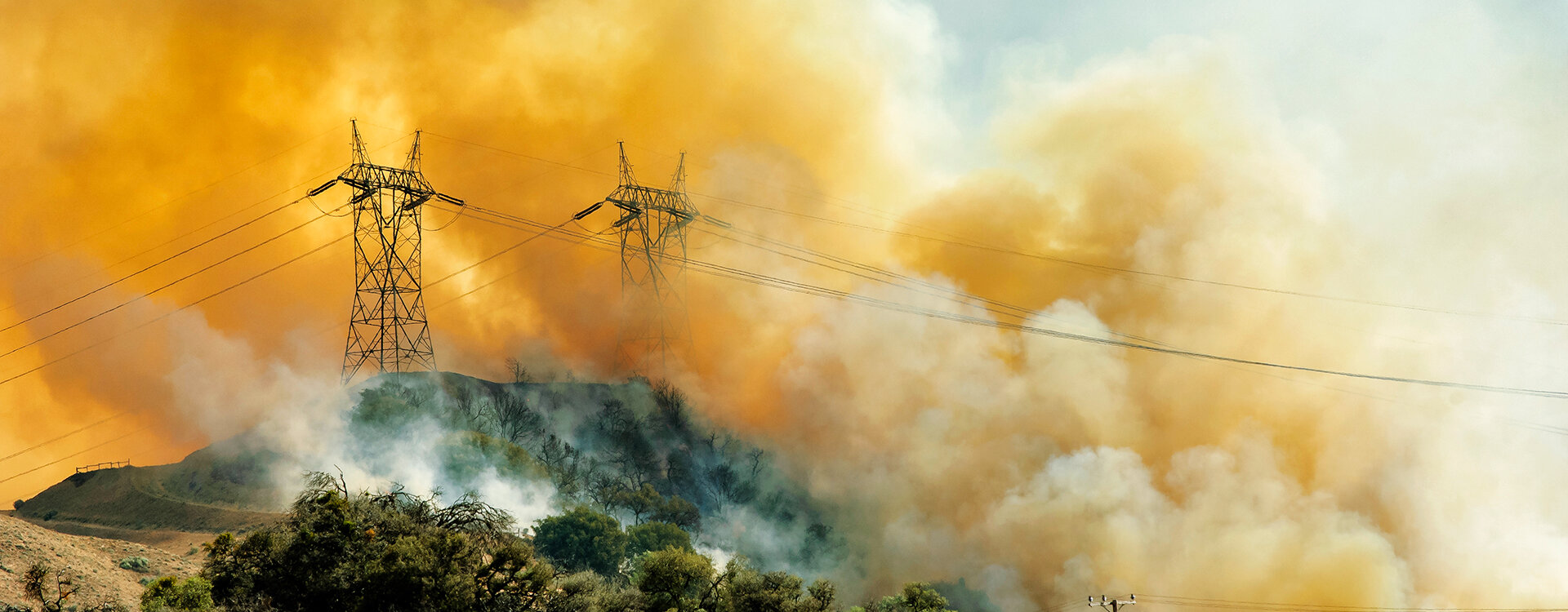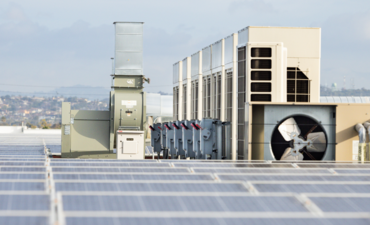
The use of microgrids, combined with the utility's wildfire and extreme weather mitigation plans, will help make customers more resilient before, during, and after the wildfire season."
In recent years, California has suffered extraordinary instances of extreme weather including droughts, torrential rainfall, aggressive wind, and unparalleled tree mortality. Additionally, the number and scope of wildfires has also substantially increased, beginning in 2017 when California experienced five of the most destructive fires in its history. However, the autumn of 2018 would prove to have the most devastating wildfires that shattered records with the Camp Fire in the North and Woolsey Fire in the South.
California utilities face many challenges due to climate change, customer demand
As California battles with climate change repercussions, an enhanced risk of wildfires, and an increasing number of trees dying, which leads to prolonged drought and bark beetle infestations that kill trees and augment wildfires, utility regulators are stepping in with a variety of solutions for wildfire management, distributed energy resources, cleaner energy sourcing, and measures to assist with reaching carbon footprint goals. In parallel, utility customers are actively pursuing connection with privately-owned or leased-distributed generation assets, making the ultimate challenge for the utilities and regulatory agencies to keep up with the speed in which technology and markets are moving.
How utilities are meeting the challenge
The California utilities are aggressively employing new approaches to manage the many risks they face in this current climate. The California investor-owned utilities (IOUs) have submitted wildfire mitigation plans to the California Public Utilities Commission (CPUC) describing proposed programs and strategies that will serve to mitigate the risks described above. This is a concerted effort that will require a central, collective approach to prevent future wildfire catastrophes and related risks.
Currently, the growing trend in the U.S. for resiliency is a microgrid solution — an integral part of any preemptive planned or unplanned outage strategy."
The utility plans include recommendations for: vegetation management, increased electrical asset inspections, system hardening, increased knowledge of local weather conditions, and proactive de-energizing of lines in areas under extreme fire risk conditions.
Microgrids are the solution for resiliency
Currently, the growing trend in the U.S. for resiliency is a microgrid solution — an integral part of any preemptive planned or unplanned outage strategy. Microgrids have many benefits and:
- Optimize assets
- Add reliability by reducing power interruptions
- Encourage renewable power by managing intermittency
- Supplement triple bottom line (TBL) social, ecological, and financial frameworks to evaluate their performance in a broader perspective by creating greater business value
- Benefit the environment by decreasing emissions
- Differentiate services depending on the needs of the end user
The use of microgrids, combined with the utility's wildfire and extreme weather mitigation plans, will help make customers more resilient before, during, and after the wildfire season. This will allow for the continued delivery of critical fire, life, and safety resources to ensure the health and safety of California residents through delivery of clean, drinkable water and sustained essential commerce.
Energy as a Service (Eaas) business model
The possibility of power shutoffs leaves customers with the ultimate decision regarding how to meet their energy resiliency needs. There are a variety of cost-effective energy sources that are constantly changing, making it unfeasible for a business to stay current on the optimal solution. Many mission critical or essential businesses have now turned to pursuing an Energy as a Service (EaaS) business model to manage this risk. The EaaS solution develops an energy portfolio that combines different energy sources with the customer's sustainability goals. A comprehensive approach will include energy savings, energy generation and storage, and other alternatives including:
- Retro-commissioning and energy retrofits
- Microgrids and storage
- Onsite/offsite generation (CHP, solar, or wind)
- Demand response/peak shaving
In recent years, aggressive carbon footprint and energy efficiency goals have propelled energy service companies (ESCOs) to provide solutions that cover both supply and demand management. EaaS utilizes traditional agreements such as energy service performance contracts (EPCs) and power purchase agreements (PPAs) and employs alternative innovative models that lower or eliminate upfront capital expenditures, transferring operating risk of capital-intensive energy generation and storage systems away from the customer.
EaaS solutions for cost-effective resiliency planning
Ahead of future wildfire seasons and when seeking a resiliency plan, customers should collaborate with a qualified EaaS solutions partner that follows the leading principles in development, focuses on their needs, balances all possible solutions, and considers the complete asset lifecycle. As the EaaS market develops, it will move to the outsourcing of energy portfolios and turnkey vendors equipped with a comprehensive set of technical, financing, and implementation model options. Utilizing the EaaS business model, customers can pursue cost-effective, customized, and comprehensive solutions that guarantee energy savings and reassign project execution risk without capital outlay to meet sustainability and operational efficiency needs.
Business Development Manager
As Business Development Manager, Roxanne Fong leads our growth strategy for the utilities sector by developing partnerships to deliver energy and infrastructure solutions and services. Her previous experience leading the new revenue development business development team for Pacific Gas & Electric (PG&E) led to the implementation of over $300 million in design-build energy projects.



